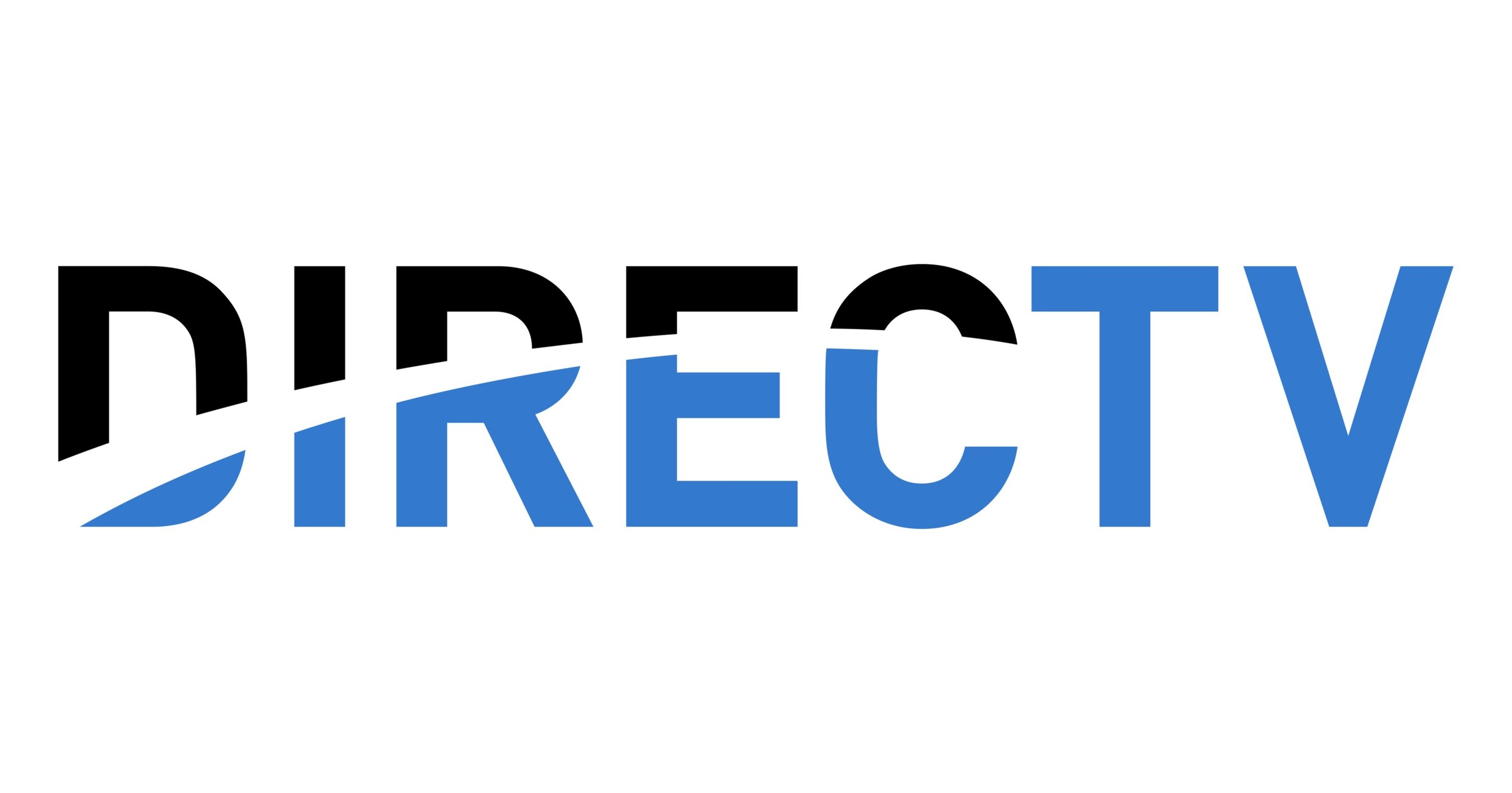World
Why the World’s Biggest Buyer Relies on Online B2B Marketplaces

Digitization is increasingly revolutionizing the B2B landscape with streamlined procurement processes, and even better payments workflows.
Don’t believe it? Look no further than the U.S. government, the world’s single largest buyer, which is expanding its $6 billion eCommerce initiative to include more online marketplaces — opening up a potentially lucrative revenue stream for America’s over 33 million small businesses.
“We were thinking, just as governments have a big platform for their big contracts, what if they had a big platform for their small procurement needs: anything that doesn’t need to go into bidding or any purchases agencies can do with their credit cards,” Paola Santana, CEO at Glass, told PYMNTS.
And while, traditionally, government procurement programs involve extensive planning and bureaucratic processes, Santana pointed out a critical flaw in the existing procurement methods: the inability to adapt to unplanned or emergency needs. “What percentage of your plan goes a hundred percent as you plan it? The answer is never,” she said.
Observing the rise of on-demand services and decentralized logistics, Santana noted that she recognized an opportunity to revolutionize government procurement by capturing the “low-hanging fruit” — namely, small-dollar transactions that occur frequently and often unpredictably.
“We want to bring the convenience and the simplicity of eCommerce with the compliance and the standardization, as well as the socioeconomic goals and public policies, that governments have and merge that in a seamless way,” she said.
With government entities typically resorting to manual processes for unplanned purchases, including phone calls and credit card orders — methods both time-consuming and prone to errors — there is an attractive white space opportunity to eliminate those inefficiencies by automating small to medium-sized procurement processes.
And by turning to digital marketplace solutions, governments can gain a holistic view of how taxpayer money is spent, leading to improvements in supply chain, buying strategies, and potentially more competitive pricing.
Integrating Technology and Compliance to Streamline Purchasing
The Glass Commerce platform looks to reduce the manual effort required by both buyers and vendors while allowing for on-demand, emergency and day-to-day purchases without the need for bidding.
One of its key innovations lies in vendor verification, ensuring that all participating vendors meet the necessary standards and certifications mandated by government regulations.
This includes verifying active business licenses, specific small business certifications (such as women-owned, veteran-owned, black-owned), and ensuring vendors are not blacklisted from doing business with the government, Santana explained.
“Once we aggregate all these online government stores, we put them all together in one single place. So when the government buyer comes, they don’t have to open many tabs or go to many websites, they just come to one single place,” she said. “For governments to have an amazing purchasing experience it needs to be convenient, compliant by default, and one where with a couple of clicks you can do a completely perfect purchase.”
“We need to help the small businesses and businesses that already sell to governments to elevate themselves to be able to produce invoices, to produce quotes in the way that governments want to receive them, to be able to respond to government or to a procurement official with the appropriate technical information and documentation around that procurement,” Santana said.
Centralized Marketplaces Simplify the Procurement Process
By leveraging technology to streamline and modernize legacy processes, digital marketplaces like Glass Commerce’s are set to enhance efficiency, reduce manual errors, and improve the overall purchasing experience for buyers while at the same time providing new opportunities for the businesses that provide the backbone to America’s economy.
“We take the best of both worlds and merge it in the middle so governments can have an agile transaction experience making sure that these transactions and the vendors fulfilling these transactions are compliant,” Santana said.
“By saving governments time and effort and people and documentation to buy commercially available items off the shelf, we allow them to focus on essential government functions and the larger pieces of procurement,” she added.
“We think that governments, being one of the largest buyers in the world and now issuing a lot of credit cards, we believe that governments deserve better credit card programs that allow them to see their data in a different way and to also optimize for stretching those taxpayers dollars,” said Santana. “There is a lot to be done on the payment processing side.”
Looking ahead, “The best way to predict the future is to create it,” Santana said. “So, we are creating a future where we are making sure that the last mile of government procurement operations is seamless and so transparent that it is almost like magic.”








